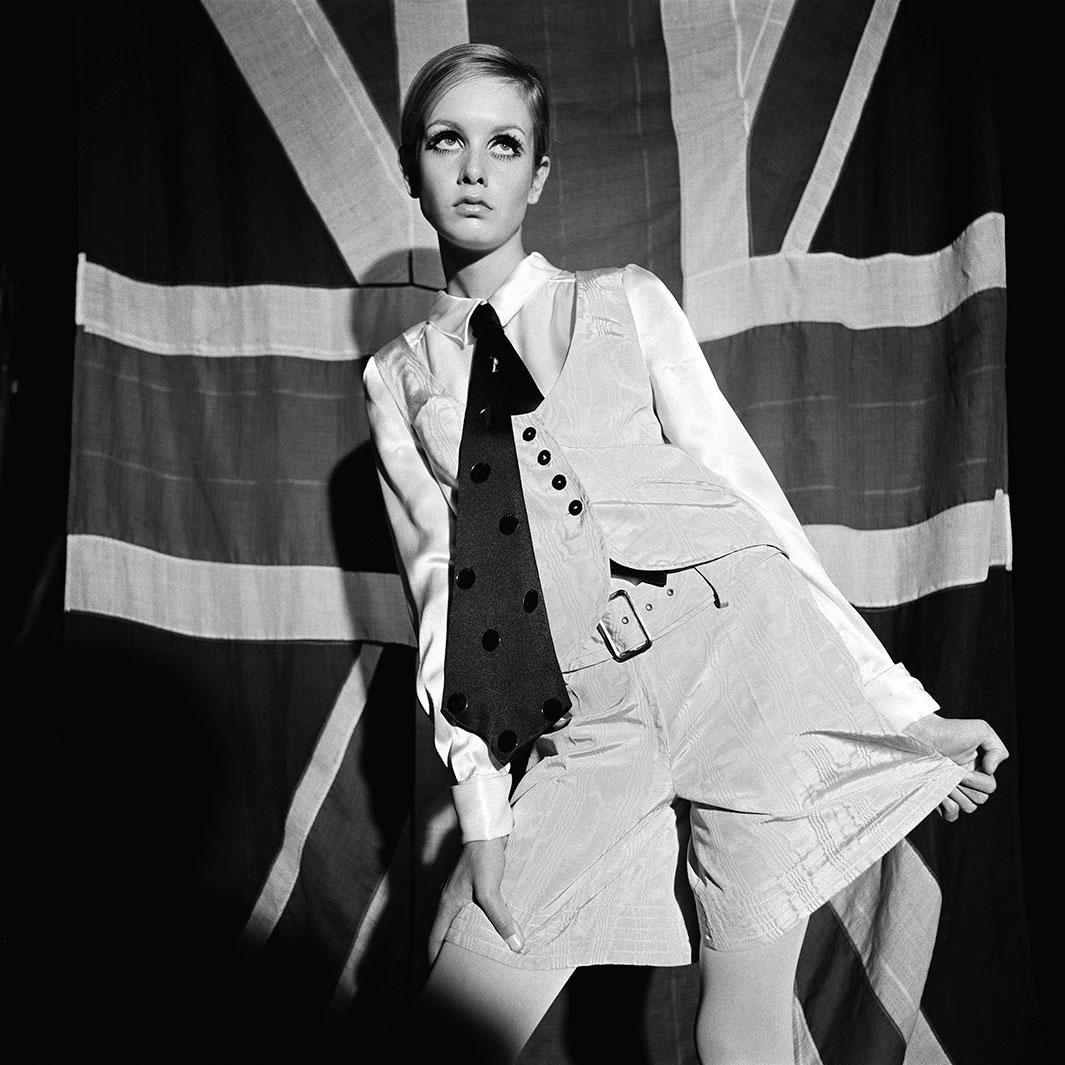In 1966, Time, accompanied by a vibrant, colorful cover, proclaimed London to be “The Swinging City.” That era, one that defined cool, still resonates, even if its fleeting moments are hard to recreate, says Zippora Elders, who is curating the exhibition “Swinging Sixties London: Photography in the Capital of Cool,” at the Amsterdam photography museum Foam. The exhibition, which closes Sept. 2, is celebrating the era by looking at “the transformation the capital underwent in the decennia after the war, from a grim, shattered city to an international and lively epicenter for style, culture and fashion.”
“The energetic atmosphere, the optimism, the feeling that one can become whatever or whomever they want to be, the careers of these self-made models, photographers and actors who were originally working class … of course that’s attractive!” she said.
“I don’t think future generations could ever feel that way anymore, especially after the 1970s crises and the emerging of punk … everyone can remember what it was to be young, ambitious, and perhaps naive; in the end, there are always limits.”
The inspiration for the exhibition started a couple of years ago when Foam curated a show of Brian Duffy’s photographs of David Bowie. Elders said that, along with a hunger from the public to see photography from the 1960s, it made sense to expand upon that aesthetic.
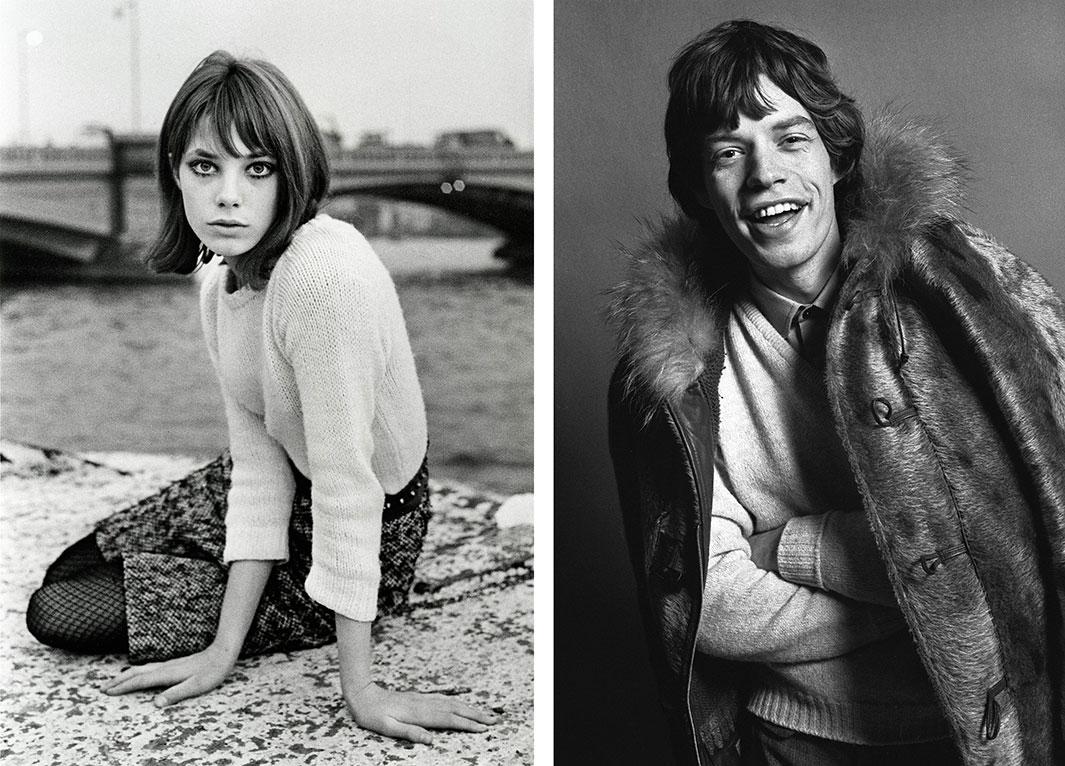
© Eric Swayne (2)
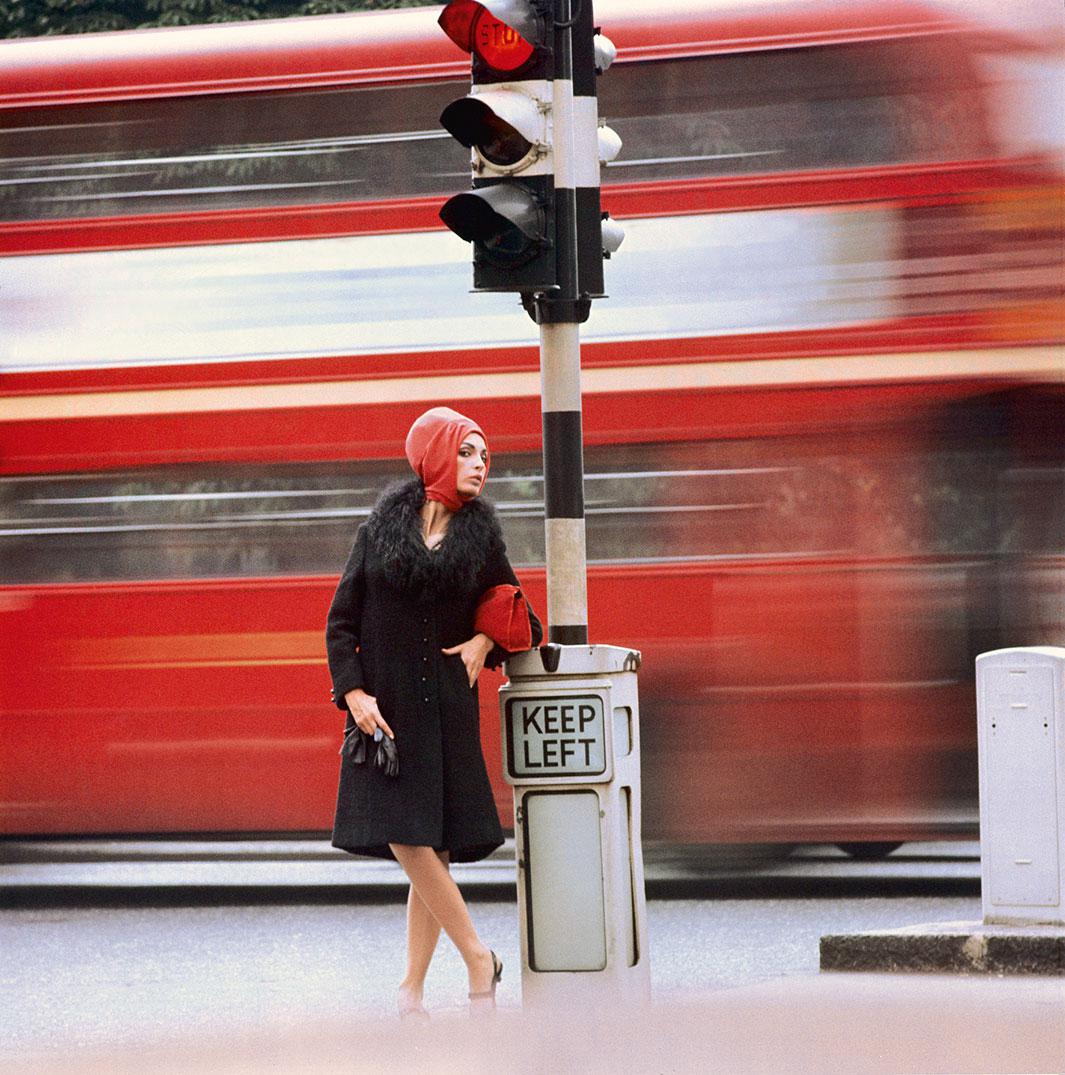
© Norman Parkinson Ltd. Courtesy Norman Parkinson Archive
Elders researched the show by making multiple visits to London and spent hours meeting with photographers and their relatives, combing through their archives, including that of John Hoppy Hopkins, who passed away recently.
“It was a treasure to dig into,” Elders said of Hopkins’ collection. “Not only the London photographs but also these amazing pictures of American blues and jazz musicians, great poets and writers, all those young Brits … and lots and lots of drugs.”
In the end, around 190 photographs were included from Duffy and Hopkins, as well as Terence Donovan, John French, and Norman Parkinson, who captured the era Elders described as “so open and fertile.”
“It seems that it was easier to position yourself in certain environments if you had the guts and the skills and were at the right place at the right time. New bands, new initiatives, new nightclubs, and new enterprises surely got the chance to grow bigger in a fairly short period of time.”
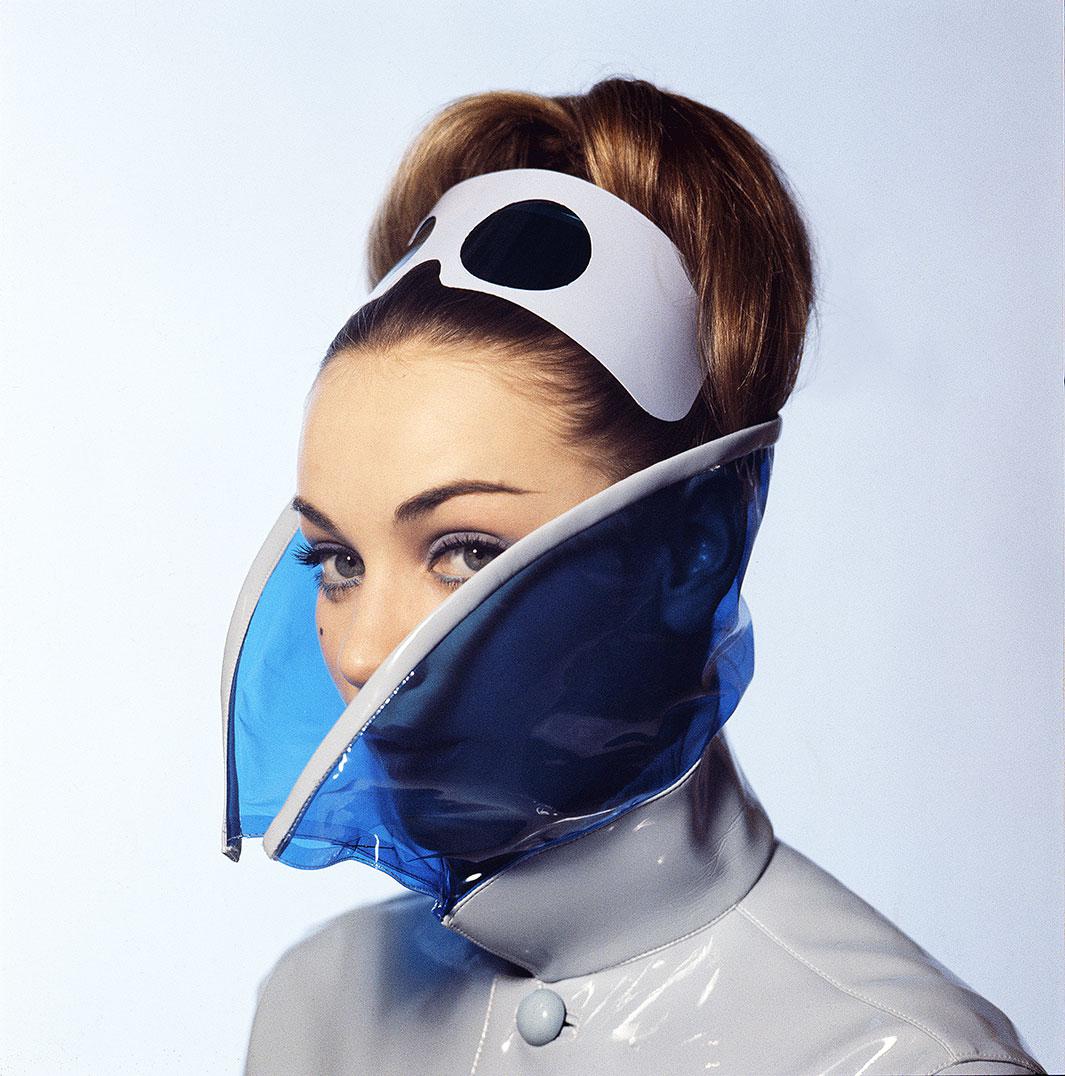
© Duffy Archive
As for who or what made that era “cool,” Elders said that was harder to put into words.
“I feel it defines being young and hip, living carefree without boundaries, acting straightforward and courageous, initiating new things, and having an attitude that is forward-thinking. Going with the flow and simultaneously following your own paths and beliefs. And you needed to actually look cool, of course.”
Previously on Behold:
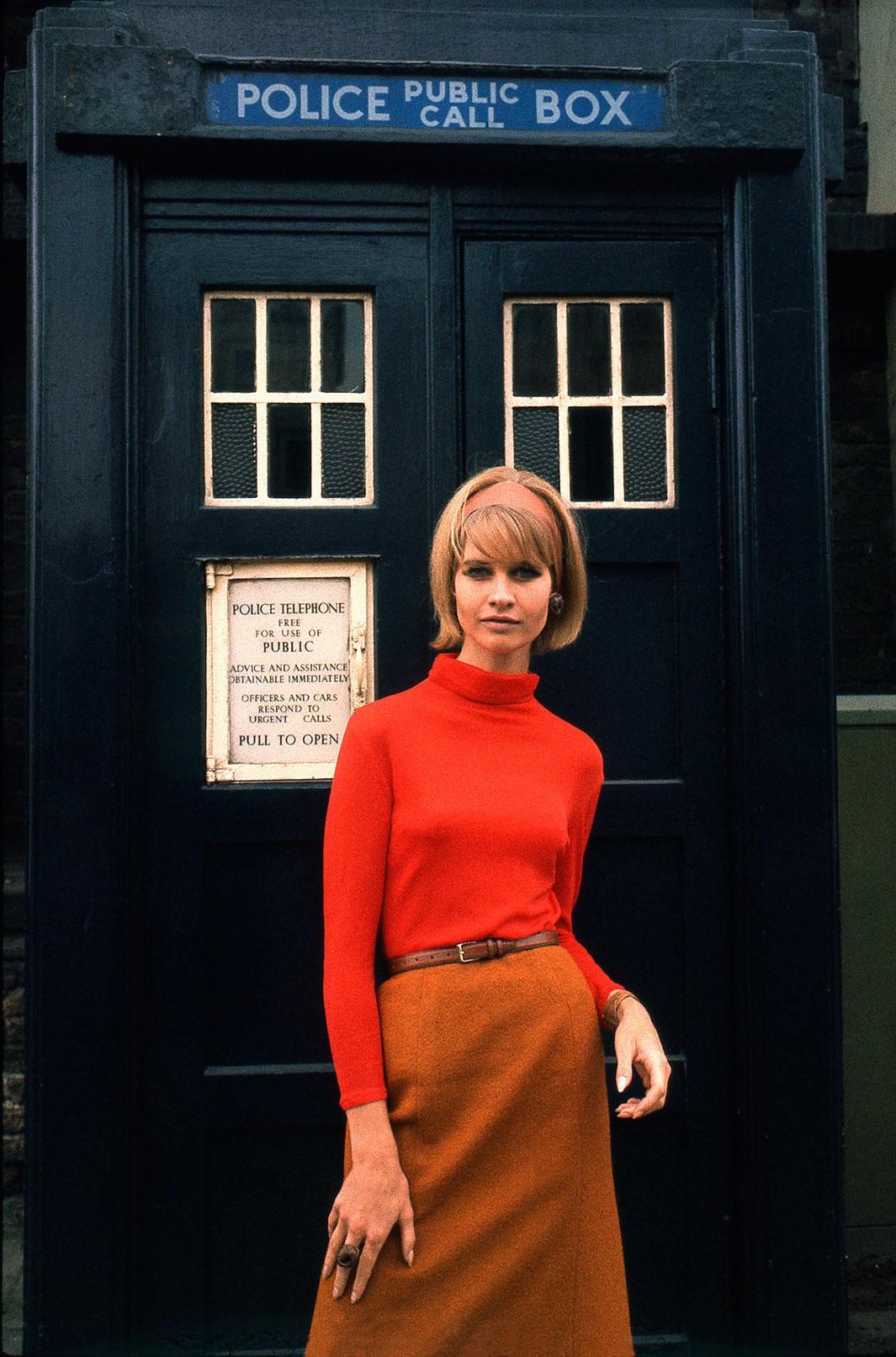
© Duffy Archive
